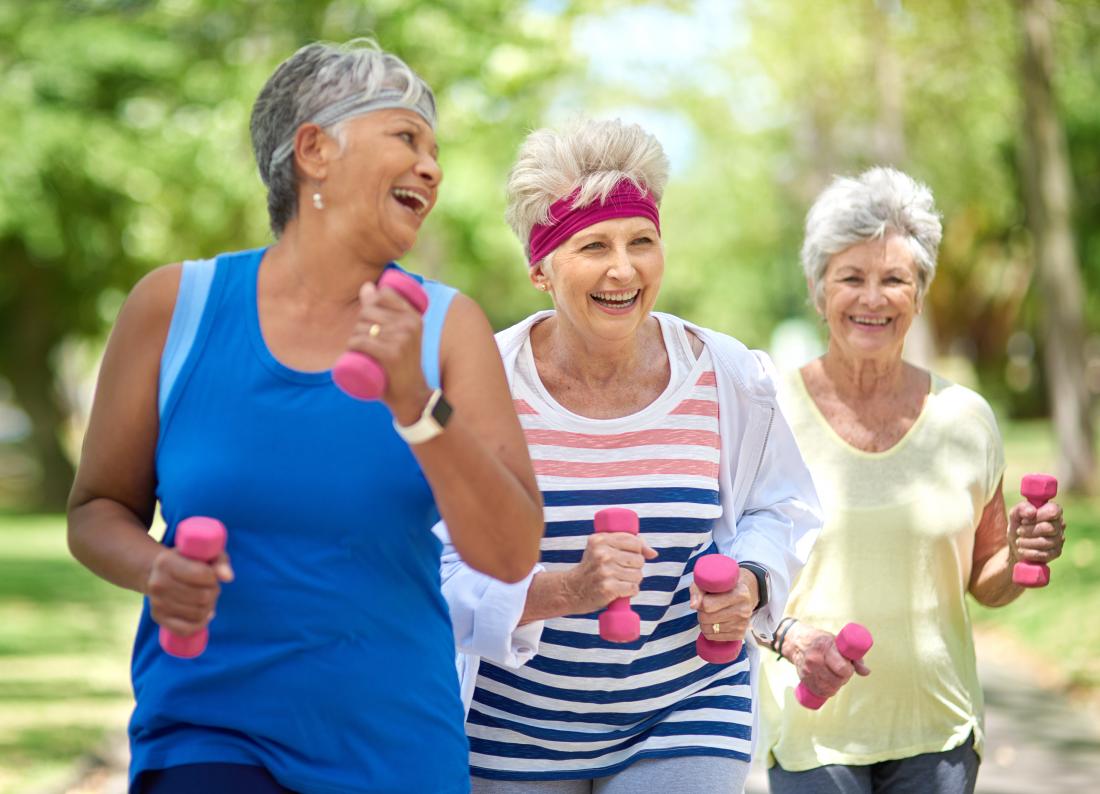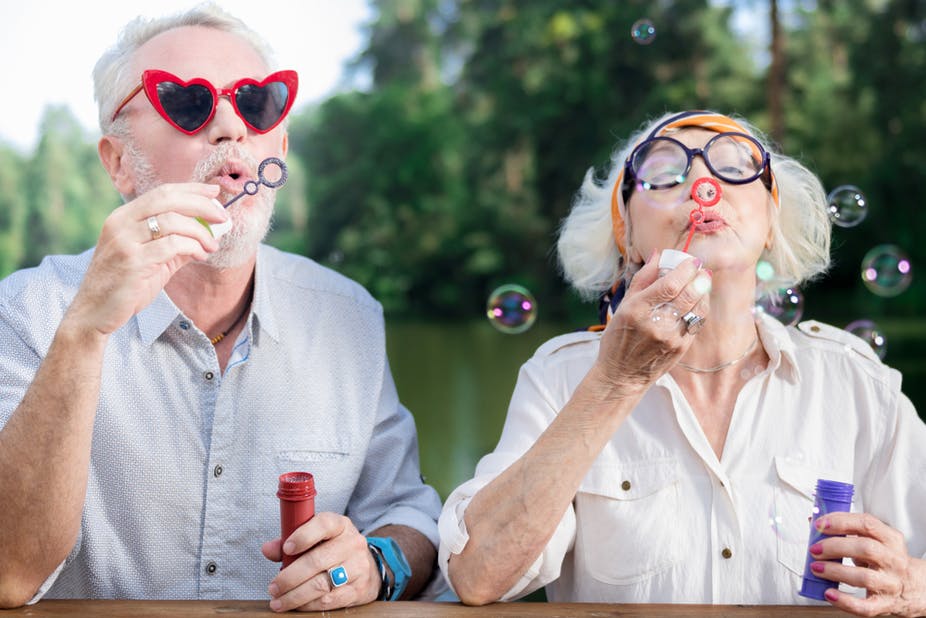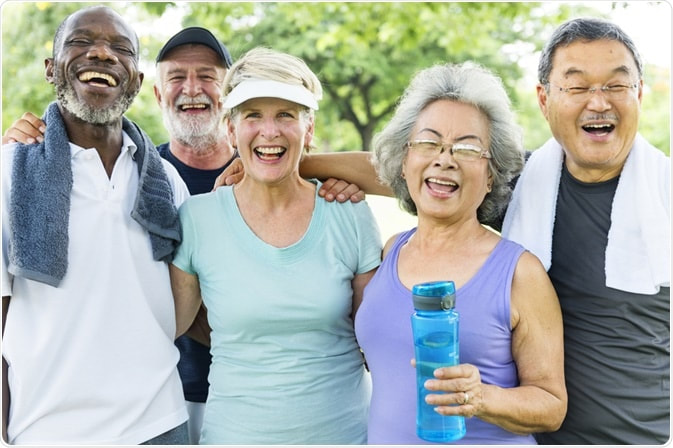|
Why Men’s Health? In Australia, the conversation around men's health has gained significant traction in recent years. The World Health Organization (WHO) defines health as 'a state of complete physical, mental, and social well-being and not merely the absence of disease or infirmity'. For men, the three most common causes of ill health and disease burden are cancer, cardiovascular disease, and mental health issues. As we delve deeper into the statistics and realities, it becomes evident that proactive measures are crucial in promoting overall well-being among men. The majority (79%) of illnesses and diseases affecting males are modifiable through exercise and other healthier habits. Furthermore, men's total burden of disease is 1.2 times that of women, reflecting its economic and societal impacts on the population (2). This underscores the growing support for the use of exercise and lifestyle adjustments in maintaining optimal health. These statistics clearly position men’s health squarely within the scope of the WHO definition and emphasize its importance as a focal point for exercise physiologists.  Correlation of fitness to threshold for dependence (7) The role of exercise Exercise is not merely about physical fitness but is integral to maintaining mental well-being. Regular physical activity has been shown to reduce the risk of chronic diseases such as heart disease and diabetes, while also improving mood and reducing stress levels. Initiatives promoting active lifestyles among men have seen encouraging results, emphasizing the positive impact of exercise on overall health. Men who have increased aerobic fitness and muscular strength have improved other aspects of wellness such as dietary habits, lesser consumed alcohol, increased steps daily and consistency with dental health just to name a few (4). What types of exercise you may ask? 1. Cardiovascular Exercise: Activities such as brisk walking, jogging, cycling, or swimming help improve heart health and boost overall endurance. Recently high intensity interval training or HIIT has become popular and it stands as a sound choice recently demonstrating with both short and long rest periods a noteworthy improvement in VO2Max comparatively to other methods of training (5). 2. Strength Training: Incorporating resistance exercises with weights or body weight (e.g., push-ups, squats) builds muscle strength and supports bone health. Men particularly respond well in health outcomes and quality of life scores with an increase intensity of exercise versus women, so try find yourself some big weights for your exercises (6). 3. Flexibility and Balance: Practices like yoga or tai chi enhance flexibility, balance, and coordination, reducing the risk of falls and injuries. Lifestyle Changes for Better Health Beyond exercise, lifestyle choices play a pivotal role in men's health. Dietary habits, smoking, and alcohol consumption are critical factors influencing overall well-being. Embracing a balanced diet rich in fruits, vegetables, and lean proteins supports physical health, while reducing tobacco and alcohol intake can mitigate the risk of chronic diseases. Australian businesses are stepping up to promote healthier lifestyles among employees, offering wellness programs that educate and incentivize positive choices. By fostering a culture of health within workplaces, organizations contribute not only to the individual well-being of their employees but also to increased productivity and morale. This could be the beginning of your changes if you think of how much of your time you spend at work in a week. Recommendations for Lifestyle Changes: 1. Healthy Eating: Opt for a diet rich in fruits, vegetables, whole grains, and lean proteins while minimizing processed foods and sugars. A good place to start is following the Australian Guide to Healthy Eating, or even visiting a dietitian if you are particularly stuck.  Australian Guide to Healthy Eating (1) 2. Smoking Cessation: Seek support through smoking cessation programs and resources to quit smoking for good. Your doctor, Exercise Physiologist and other health professionals can always refer you to the right place.
3. Moderate Alcohol Consumption: Limit alcohol intake to reduce the risk of liver disease, cardiovascular problems, and mental health issues. Again there are guidelines out there (eg. No more than 10 a week, or 4 in a day) but if you need support always consider your doctor as an ally. Seeking Professional Guidance For men looking to kickstart their journey towards better health, consulting an exercise physiologist can be highly beneficial. These specialists are trained to assess individual fitness levels, tailor exercise programs, and provide guidance on achieving health goals effectively and safely. Whether recovering from an injury, managing a chronic condition, or simply aiming to improve overall fitness, an exercise physiologist offers personalized support and accountability in optimizing health outcomes. Addressing men's health in Australia demands a collective effort to promote exercise and lifestyle changes. By raising awareness, advocating for preventative measures, and supporting healthy choices, we can empower men across the country to lead fulfilling and healthy lives. Together, we can build a future where men's health is prioritized, ensuring a stronger, healthier Australia for generations to come. Thomas Harrison Resources used for further reading:
0 Comments
We all age, it is a part of life. Ageing affects us in all different ways. Some people fight against the slower pace and changes that come with ageing while others really embrace it. However you look at it, ageing is inevitable and what's more important is that we put our overall health first and make sure we can enjoy what we love doing for as long as we can. Keep moving Physical activity and exercise are a really important part in healthy ageing. Exercise is proven to be a great way of reducing your risk of developing health issues or managing existing health issues. Exercise or physical activity can improve sleep, brain function, strength, mental health and energy levels, meanwhile reducing your risk of falling, stress and anxiety. One of the main excuses we hear in the clinic is that you don't have time, so why not incorporate physical activity into your day by walking somewhere instead of driving and catching up with your friend while walking instead of coffee. It is recommended that Australians over the age of 65 years participate in 30 minutes of moderate physical activity on most but preferably all days of the week. If you think 30 minutes is too long, start smaller and work up to 30 minutes, but bottom line is you want to get moving. Some is better than none, but more is better. Stay connected It is easy to lose contact with friends and family as we age but it is important to stay connected. Feeling lonely or isolated is found to increase your risk of stress, anxiety and depression and we all know this negatively affects your health. If COVID-19 and lock downs are anything to go by we can stay connected no matter what. So pick up the phone, organise a coffee, set up a zoom chat or go for a walk with your friend. Challenge your mind Keeping your mind active and challenging it is important to keep functioning the best you can. Believe it or not your brain is similar to your body in that if you don't use it you lose it. So to keep your brain busy you can try reading new books, learning new things, online brain challenges or the crossword puzzle in the paper. Sleep well Sleep is the time where your body is recovering and repairing and is vital for your body to feel good and stay free from injury. It is suggested that around 7-9 hours sleep is a great amount for your body to rest and improves your health outcomes. Eat well
Eating well and fuelling your body with the right nutrients is vital in ensuring your body can function optimally and age healthily. Try to avoid food with high amounts of saturated fats, sugar and refined carbohydrates and try to incorporate plenty of vegetables and wholegrain and organic foods. At the end of the day it is all about a well rounded holistic approach to your health. It is important to stay active, find things to do you enjoy and ensure you have a good social connection around you. If you need any further tips to your current situation our Exercise Physiologists would be happy to speak to help move you towards healthy aging. Izaac Boylan Accredited Exercise Physiologist  10 Top Tips for Exercising as you get older Exercise and Physical activity is not just for the young, but important for any age. 1. Consult with your doctor first Before starting an exercise program or increasing the intensity of your exercise program it is important to visit your GP and have a check of your blood pressure, cholesterol and heart health to ensure you are in a healthy condition to embark on a new exercise program. They can also refer you to the best possible person to support you – an Exercise Physiologist. 2. Reduce Alcohol As we age our body can react differently to alcohol. By reducing your alcohol you are able to reduce the risk of long term health issues such as cancer and heart issues, and it can also help to reduce your overall energy intake, helping you to lose weight. 3. Find what motivates you Find something that resonates with how exercise will help you, such as improving your golf game, being able to run around with and after the grandkids, or maybe it might be helping you to get down a little bit better to release that winning bowl. Whatever it is, use that as motivation, and in the process you will be improving your overall health and living longer! 4. Weight Training is not just for the young! Weight training as an essential exercise for every age and you don’t need any equipment as you can use your bodyweight for exercises like squats, push-ups, or step ups. These will all help to increase muscle tone, maintain strength and help to maintain a healthy body weight. Weight training can also help to reduce the risk of injury, falls and fatigue. 5. Get Social! Exercising with friends can be fun! Not only will you feel better from exercising, but you are more likely to keep it going. Even exercising with a buddy can help keep you accountable ensuring you both get your body moving and heart pumping. 6. Hit the water! Hydrotherapy is a type of exercise therapy done in a heated pool. You can undertake it by yourself by doing a walking or resistance program, or join an aquafit class. The benefit of heated pools is that gentle, controlled movements in warm water allows people to steadily progress their range of movement, and the buoyancy means that your weight is partly supported so great for people with lower limb and back conditions.. 7. Balance is a key component!: As part of your overall exercise program it is important to challenge your balance. This helps to enhance your overall awareness, coordination, maintain muscle activity and tone, and help to prevent falls which can result in injuries, and unfortunately are very common as we age. 8. Try new things There is no one size fits all exercise for everyone. There’s a wide selection of exercise or physical activity you can undertake from swimming, line dancing, bowls, walking soccer, walking the dog, the list goes on! The trick is finding something you enjoy and that you will stick to. 9. Monitor your intensity Exercise is a great way to keep your heart happy and healthy and it’s a good idea to pay attention to your heart rate during exercise, but there are some cardiac medications which alter our heart rate response to exercise, so another way to monitor our intensity is just by how we feel and the talk test. If you can sing, it’s light intensity, if you can’t sing, but can talk constantly, it's moderate intensity, if you’re puffing and struggling to talk, it's high intensity. Work at the intensity that’s right for you. 10. Recovery is important People find that their body does not recover quite as quickly as it once did so it’s important to take it easy and to allow yourself some recovery time. When we exercise, our body undergoes change to adapt to the stress that we place on it. This can result in some muscle soreness (known as delayed onset muscle soreness), fatigue and reduced muscle strength and power, so allowing your body to rest and recovery, including getting adequate sleep and hydrating is very important. Lisa Parkinson Accredited Exercise Physiologist |
AuthorSLisa Parkinson Archives
July 2024
Categories
All
|




 RSS Feed
RSS Feed